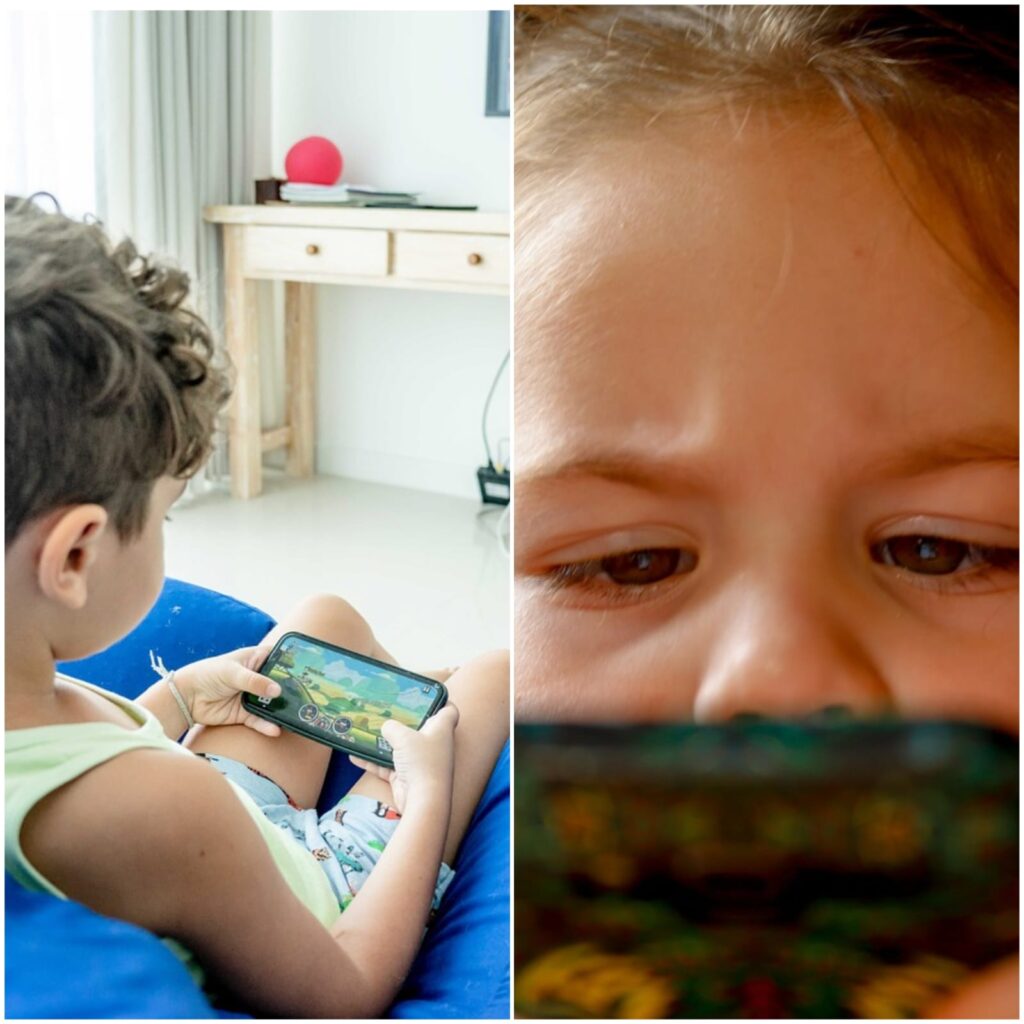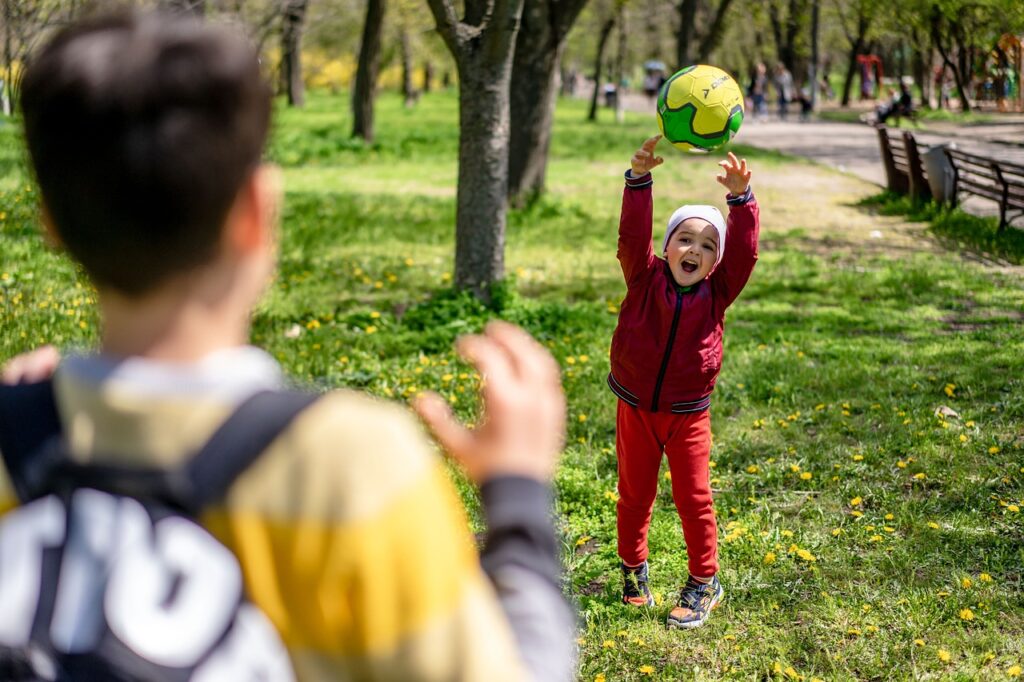The good old days, great memories. kids nowadays don’t know what they’re missing.

In the realm of childhood, there exists a stark contrast between the past and the present. Those who reminisce about the “good old days” often paint a picture of idyllic afternoons spent playing outside until the streetlights flickered on while lamenting the sedentary habits of today’s youth glued to screens. Indeed, the shift from outdoor play to digital immersion has raised concerns about the health and well-being of modern children. But is the nostalgia warranted, or are there nuances to consider in this debate?
In the past, children’s playtime was synonymous with outdoor adventures. From impromptu games of tag to imaginative explorations of local parks, the great outdoors served as both playground and classroom. Physical activity was woven into the fabric of daily life, fostering robust health and resilience among young bodies. Sunshine and fresh air were the elixirs of vitality, and the benefits extended far beyond mere physical fitness.
Beyond the physical benefits, outdoor play provided invaluable opportunities for social interaction and emotional growth. Children navigated the complexities of friendship and conflict resolution without the filter of screens or algorithms. Face-to-face communication and unstructured play fostered creativity, problem-solving skills, and emotional intelligence. In the absence of adult supervision, children learned to negotiate rules, take risks, and explore their boundaries, laying the foundation for autonomy and self-confidence.
However, the landscape of childhood has undergone a profound transformation in recent decades, driven by advances in technology and shifts in societal norms. The proliferation of smartphones, tablets, and video games has reshaped the way children engage with the world around them. The allure of digital entertainment is undeniable, offering instant gratification and endless stimulation at the tap of a finger.
Today’s children are growing up in an era of unprecedented connectivity, where virtual worlds compete for attention with the allure of the great outdoors. Screen time has become the default pastime for many, replacing traditional forms of play with sedentary pursuits. The consequences of this shift are manifold, ranging from physical health issues such as obesity and poor posture to mental health concerns such as anxiety and social isolation.

One of the most significant casualties of the digital age is outdoor play. With the rise of screen-based entertainment, children are spending less time in nature than ever before. Parks lie deserted, sidewalks echo with the absence of laughter, and the once-familiar sounds of childhood are drowned out by the hum of electronic devices. The consequences of this retreat indoors are profound, impacting not only individual health but also our collective relationship with the natural world.
The decline of outdoor play has far-reaching implications for public health. Studies have shown a clear link between sedentary behavior and chronic conditions such as obesity, diabetes, and cardiovascular disease. The lack of physical activity contributes to a host of musculoskeletal issues, including poor posture, weak muscles, and joint pain. Moreover, the shift from outdoor play to screen time has been associated with a decline in overall fitness levels and an increase in childhood obesity rates.
Beyond the physical toll, the decline of outdoor play has implications for mental health as well. Research has shown that spending time in nature can reduce stress, anxiety, and depression while promoting feelings of well-being and connectedness. Conversely, excessive screen time has been linked to a range of mental health issues, including attention deficits, sleep disturbances, and addictive behaviors.

Furthermore, the rise of digital entertainment has fundamentally altered the nature of play itself. Whereas outdoor play is open-ended and exploratory, screen-based activities often follow predefined scripts and narratives. The freedom to create, imagine, and experiment is curtailed in favor of passive consumption and instant gratification. As a result, children may miss out on valuable opportunities for creativity, critical thinking, and problem-solving.
Despite these challenges, it would be remiss to dismiss the benefits of technology outright. In moderation, digital devices can enhance learning, facilitate communication, and provide opportunities for creativity and self-expression. The key lies in finding a balance between virtual and real-world experiences, harnessing the power of technology without sacrificing the joys of outdoor play.
As parents, educators, and policymakers, we have a collective responsibility to nurture the next generation in ways that promote health, happiness, and resilience. This means creating environments that prioritize outdoor play and physical activity, while also equipping children with the skills they need to navigate the digital landscape safely and responsibly.
For that, we can create an environment from a young age. In most schools around the world, children have their mobile phones. We can restrict their use in school: Nostalgia vs. Reality: The Evolution of Childhood Play and Its Impact on Health.
So there are several solutions to improve a child’s happiness, and health. First of all,
For that, we can create an environment at a very young age. In most schools around the world, children have their mobile phones. To stop this we can restrict their use in school By doing this students can improve their studies. Too much use of these mobile devices directly affects our children ‘s academic work. Without these devices, there are far fewer distractions for their studies. So if school officers restrict these devices use in school children will have good academic progress.
The use of modern devices not only affects academic works it also affects children’s social, physical, and mental health. To improve the well-being of a child we can refer the child to outdoor activities. Indeed, if modern devices are restricted, children are forced to engage in a more meaningful and perhaps active way with their friends. They may play games or sports; like in the past time. Doing physical activities is far healthier than sitting alone hunched over a screen. Also, children will become friendly, outgoing, and social terms with everyone. This leads to a happy social life for them. So these social and physical benefits are only possible with strict mobile rules.
When it comes to mental health, because of social media and new technologies children ‘s lives have become much more stressful compared to the past time. As a result, stress-related illnesses are increasing among the children. Lack of family and social bonding because of social media and modern devices is the main course of this. Internet or social media is the most effective in tackling loneliness although it is used to enhance exciting relationships. Because of social media and new technologies people have to face lots of mental issues such as; anxiety, depression nausea, headaches, loneliness, muscle tension, tremors, and self-harm issues. For instance, if a child is more addicted to the internet or social media, he/she will become less interactive with their family and society, which can lead to greater depression, anxiety, and even suicidal thoughts. Also spending more time on these devices and social media can lead to cyberbullying, which has increased nowadays all over the world. Internet use can cause more exposure to graphic content and so this leads to cyberbullying , possibly leading to self-harm and suicide. For example, a girl in India was spending more time on the internet and she shared her photos and videos on all social media platforms, finally, she committed suicide. Therefore, children should have reduced the time spent on social media and new technologies and by doing this they would have a stress-free and healthy lifestyle. Parents should be responsible for this and they have to monitor their children and should restrict the use of these devices. Instead of online activities, we can refer children to physical activities. Then only we can again make our time environment and happy, beautiful life.

So, There is no one-size-fits-all solution to the complex challenges of modern childhood, but by fostering a holistic approach to health and well-being, we can ensure that future generations thrive in body, mind, and spirit. Let us honor the past while embracing the opportunities of the present, forging a path forward that combines the best of both worlds. The future of childhood depends on it.







I like this website very much, Its a real nice situation to read and obtain info.Raise range